Planting bulb flowers and preparing common tools to make the planting process more convenient and easy
“If you want to do your work well, you must first sharpen your tools.” When doing professional things, having tools to assist is convenient, saves time, and is highly efficient. The same goes for caring for flowers and plants. Prepare some tools to facilitate planting.
Of course, some tools are dispensable, or can be replaced by other tools. Today I will share some common tools for planting bulb flowers for your reference.
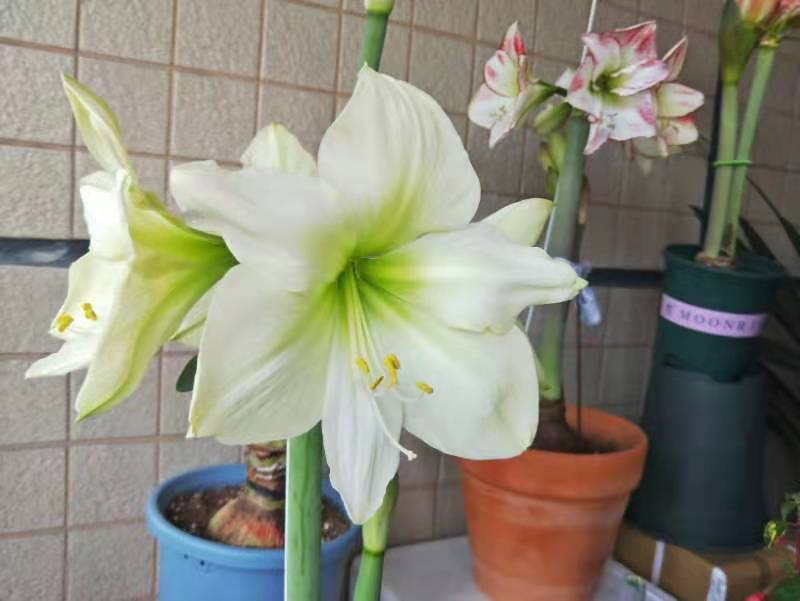
Flower pots of different sizes
Flower pots are essential containers for growing plants. Prepare flower pots of different sizes to plant different types of bulbs. Choose suitable flower pots based on the size of the bulbs, planting depth, etc.
For example, the bulb of Amaryllis is considered to be of a relatively large diameter among bulbs. When choosing a flowerpot, you should not only choose the size of the diameter, but also the depth, because Amaryllis has a very developed root system and its leaves will grow very lush. A flowerpot that is too small or too shallow will hinder its growth.
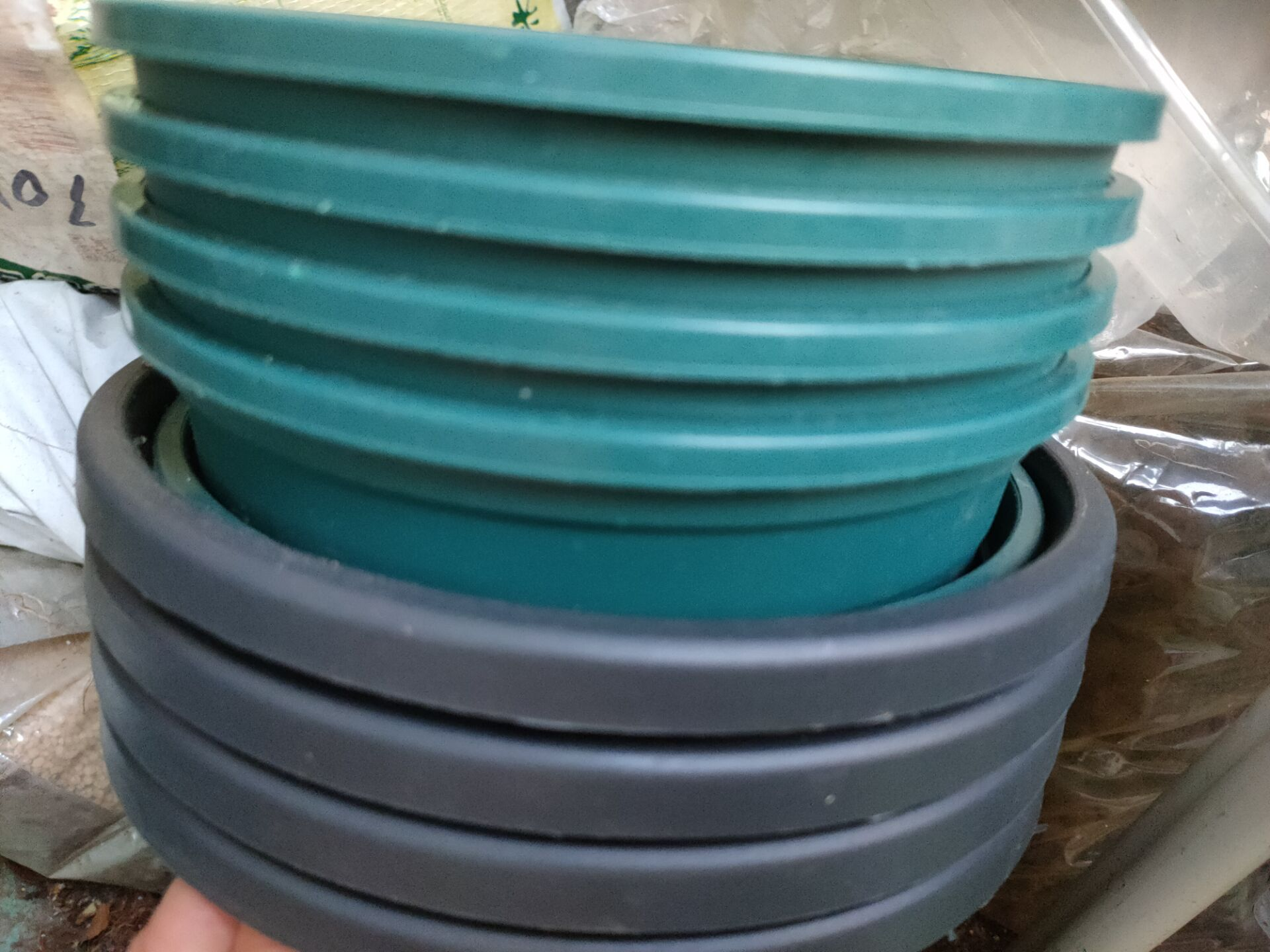
Small bulbous plants such as Zephyranthes and crocuses have smaller bulbs and do not need to be planted in pots that are too large or too deep. Planting small bulbs in large pots will be detrimental to their growth.
In addition, no matter what plants you plant, the material of the flowerpot is very important. Try to choose a flowerpot with good air permeability and drainage, which is more conducive to the growth of plants. The same is true for bulbous flowers. Clay pots are the first choice, followed by purple clay pots and plastic pots.

Flower pot bottom leak-proof product
After preparing the flower pot, we usually choose something to pad the bottom of the pot to prevent the soil from leaking out of the pot and to increase drainage.
There are many things that can be used to line the bottom of the flower pot, such as expanded clay, broken tiles, pebbles, pine cones, fruit nets, gauze, facial towels, facial mask nets, sink filters, etc. As long as they do not hinder drainage and are lightweight, there are many things around you that can be used.
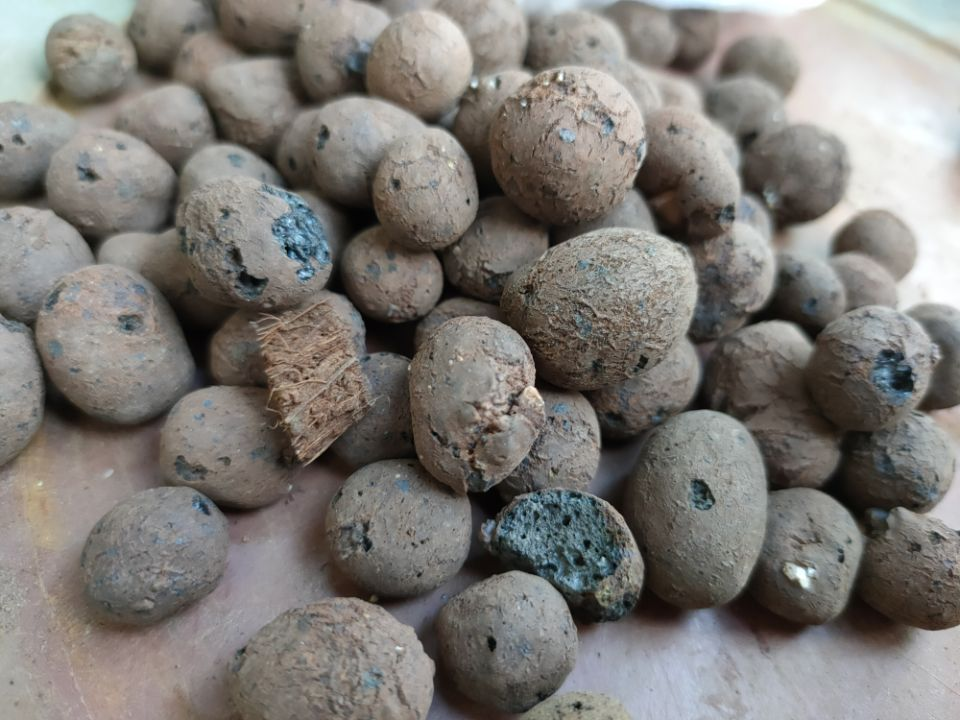
Scissors
As a gardening enthusiast, sometimes I really can't solve the problem without a pair of scissors at hand, such as pruning branches, roots, dead flowers, etc. Relying on brute force will damage the plants, so scissors are a must-have.
When choosing scissors, it is recommended to choose special gardening scissors, which can not only trim branches and roots, but also cut things like gardening wire, which is more cost-effective and can be done in one go.
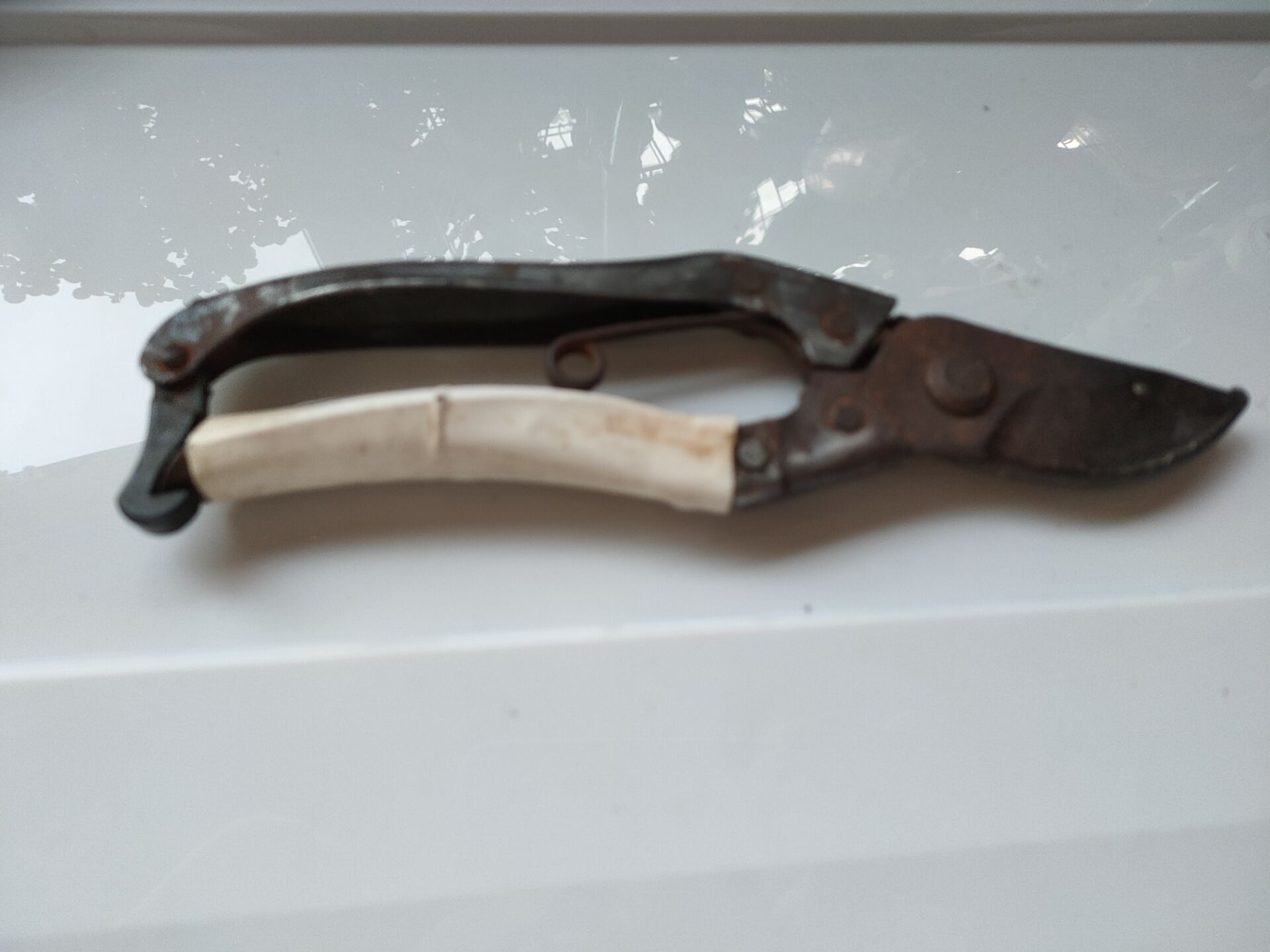
Watering can and measuring cup
There are many styles of watering cans. It is recommended to buy a slightly larger spray can. A 2L watering can is generally enough for home use. If you like, a watering can with a long and narrow mouth is better. It will not cause too much water to flow and will not splash the soil everywhere.
The measuring cup is needed for easy reading. Sometimes when diluting medicine or fertilizer, the measuring cup can clearly show the amount of water and is also convenient for use. Of course, if you choose a transparent kettle, you can ignore this point.

shovel
There are several sizes of shovels, including large, small, and long ones. Different shovels have different utilization rates. For common household use, you only need to prepare one large and one small shovel. The large shovel can be used to dig or fill soil during planting, and it is more flexible to use.
Prepare a small shovel when checking the root system of the bulb, or dividing the bulb, etc., because the shovel is small and the contact area is small, it will not easily damage the root system or the bulb.
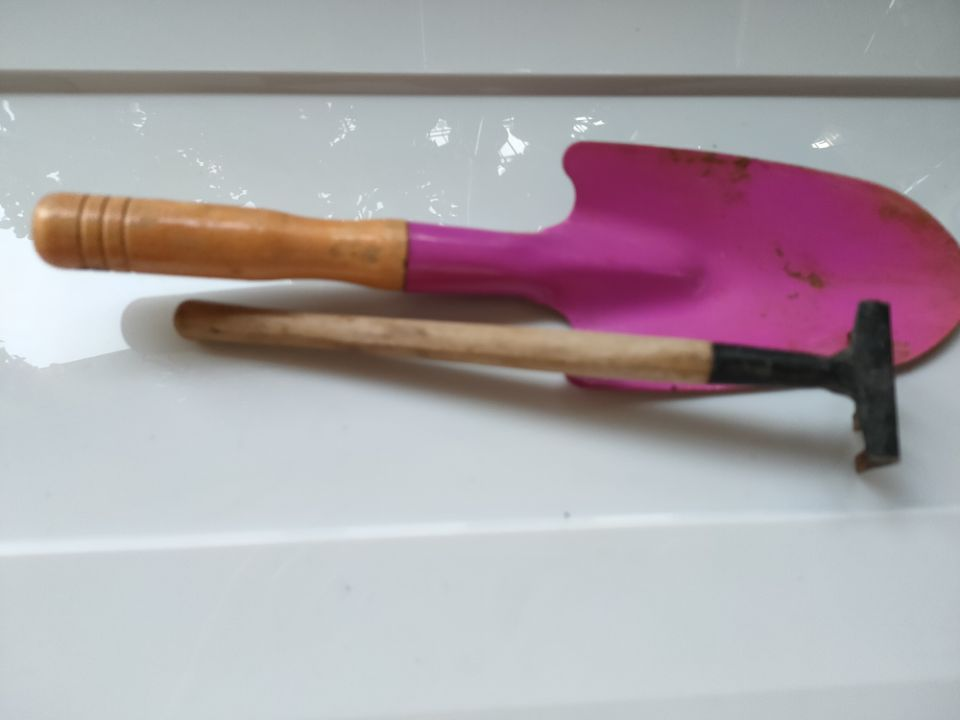
ruler
For the ruler, you can choose a graduated ruler, a steel ruler or a tape measure. Of course, when planting bulbous flowers, a graduated ruler will be more intuitive and more accurate.
In addition to its measurement function, a steel ruler can also be used to deal with rotten areas of bulbous flowers. Scraping off the rotten areas is better than using a knife, because a knife is sharp and can easily damage the bulbs.
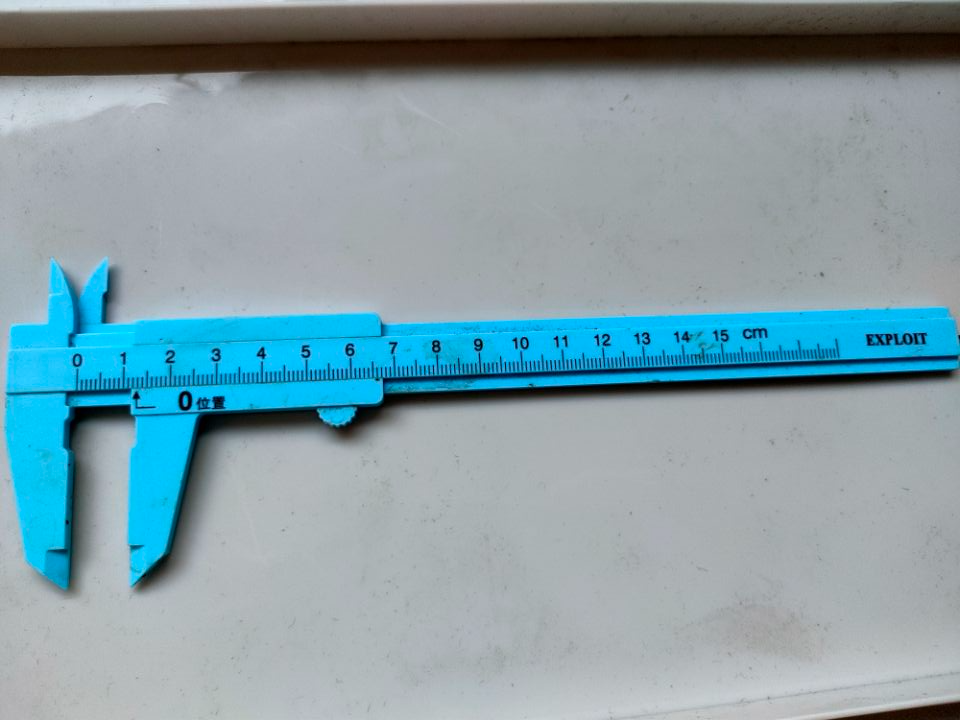
Brush or writing brush
Some flower lovers may wonder what the purpose of preparing a brush or a writing brush is. Pollination! Whether it is a bulb flower or some other plants that require artificial pollination, the success rate of pollination using a brush or a writing brush will be higher.
Because some plants have limited pollen, the texture of a brush or writing brush is soft, so pollen is easier to stick to it. It is also convenient to apply it on the pistil, with less waste, which naturally increases the success rate of pollination.
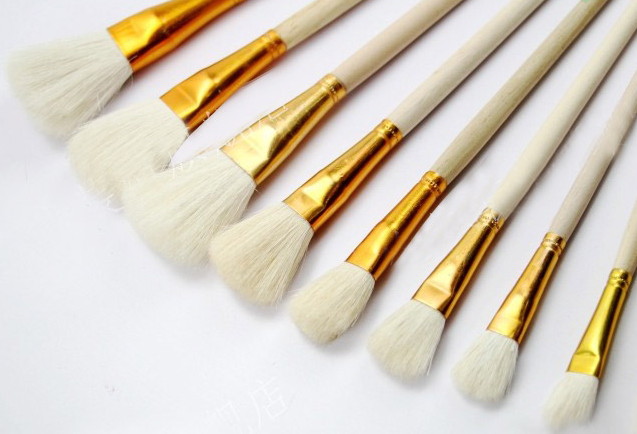
hydroponic container
When planting bulbous flowers, some varieties grow better in water than in soil. You can choose hydroponics, such as hyacinths and daffodils, so prepare a few hydroponic containers at home for easy use.
Try to choose transparent glass materials for hydroponic containers, which not only allow you to observe the root system at any time but also make it easier to clean.
You can also prepare a few hydroponic racks that match the hydroponic containers. They can not only be placed on the hydroponic containers, but can also be used when recycling other cups and other containers at home.
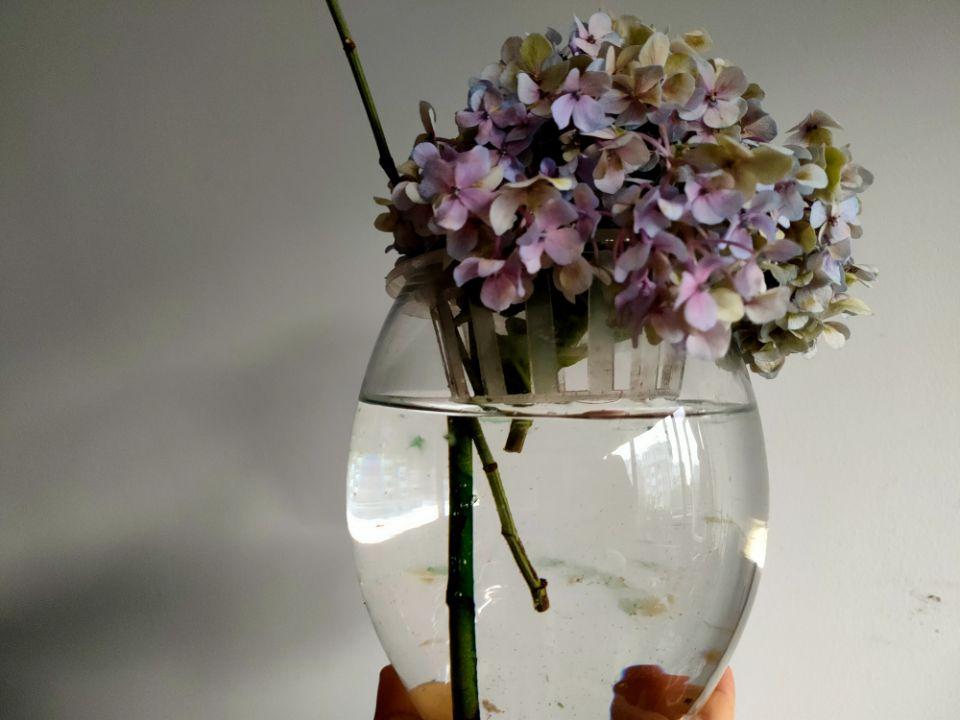
Flower lovers who like to plant bulb flowers can prepare the above tools to assist in making the cultivation process easier and more convenient. (Some pictures are from the Internet, and will be deleted if there is any infringement)